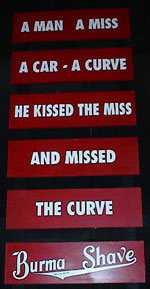
I spent the last week on holiday in New York City. While I was walking around with an iPhone, and still somewhat connected to Twitter, my focus was on looking at the art and design that serves as the foundation for Western Civilization. The digerati, while filled with a certain type of creativity, they lack any real sense of history. That’s a big generalization, but in a general sense it’s true. There are a number of threads that were spawned by my trip. I hope to capture a few of them here before they return to the aether.
The Frick had a show of the portraits of Hans Memling a few years ago. It was a small show, the Frick doesn’t have a large exhibition space for shows, and there aren’t many Memling portraits still in existence. At the time, I spent more than an hour with those faces. On this trip, I had to seek out the portraits. Some are in the Frick’s permanent collection and their are a few at the Met. These portraits present humanity to us in a manner that seems to have been lost. Memling was born around 1435; the portraits deliver us the visages and the souls of people from that time.
In thinking about the wonderful creativity of our time, and the vast power of our digital tools, we have nothing to match what Memling accomplished. And these works must be seen directly in person. No form of reproduction can convey their power—in this sense they are the anti-digital.
Comments closed


